Tilt and Telescoping Steering Column

Steering columns have computer-controlled tilt and telescoping functions driven by small electric motors. The controller moves the column up and down by reversing the motor's polarity. Many systems offer memory to return the seat and steering wheel to the driver's preset preferences.

These systems are electronic and computer-controlled. Scan the system for codes if there is a problem. Use a multimeter to check the system's connectors and wiring for opens, shorts, and resistance.
Open Circuits
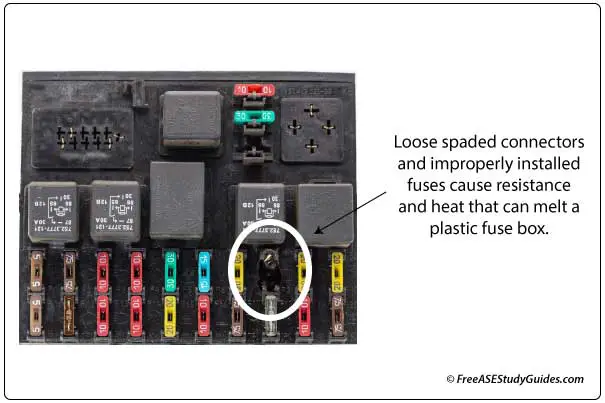
An open can occur anywhere in an electrical circuit. An open is a break in the circuit; without power and ground, the components will not function. A blown fuse, bad relay, or a broken wire produces an open circuit. The fuse box is a great place to start if an electrical component is not working.
Short Circuits

Shorts cause an undesired path of power to ground, typically caused by damaged wire insulation exposing the wire to the chassis/body ground. The short overloads the circuit and typically results in a blown fuse. Two different circuits shorted together and crossed wires can cause strange behavior in a vehicle. One circuit may activate the other. For instance, the horn may blow when the turn signal is activated.
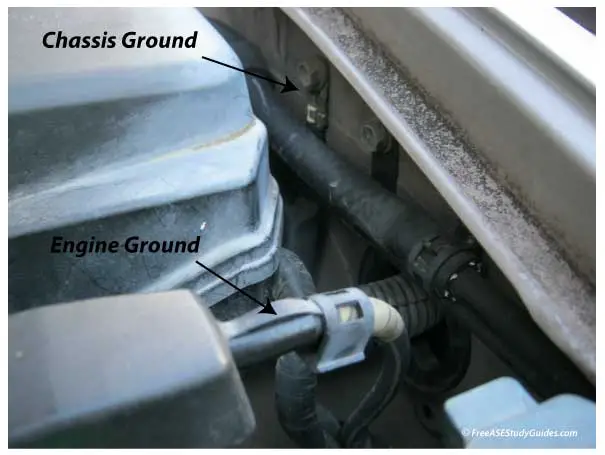
A short-to-ground occurs when an unwanted flow of electrons detours to the ground circuit before the circuit's desired load. The chassis ground connects the vehicle's negative battery terminal to the body/chassis. A vehicle's body or chassis is a convenient and sometimes undesirable (short circuits) path to negative ground.
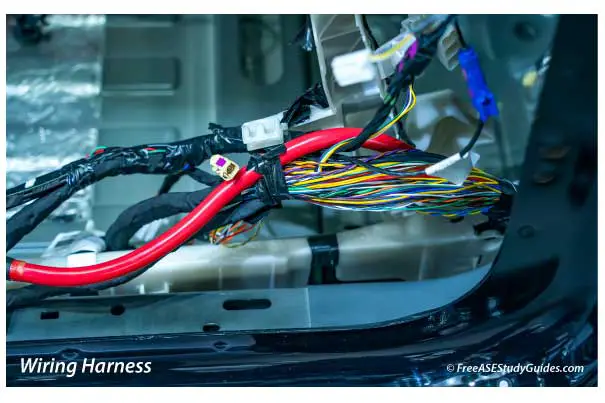
Check for a frayed wire touching the vehicle's dash, frame, or engine. It allows the current to flow to the ground before reaching the desired system component or module. Inspect for any screws or holes drilled through the firewall near the wire harness, damaged insulation, and crossed wires.
Resistance
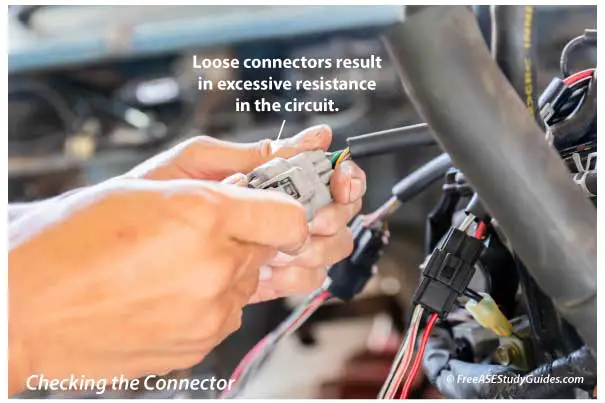
Resistance is the opposition to the flow of electricity through a circuit. Resistance in a circuit causes dim light bulbs and slow-turning motors. Check the plug and connectors in the circuit for a reliable connection. They can become spaded, corroded, or loose.
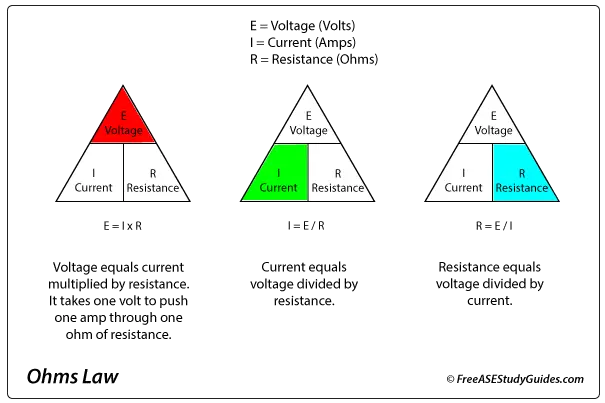
Connectors, switches, and wires all offer some resistance. The longer the wire, the more resistance. Use the Ohms Law formula for resistance (R = E/I) to calculate resistance in a circuit by providing the voltage and current values. For example, a 12-volt circuit with 4 amps of current has 3 Ohms of resistance. R(3) = E(12) divided by I(4).